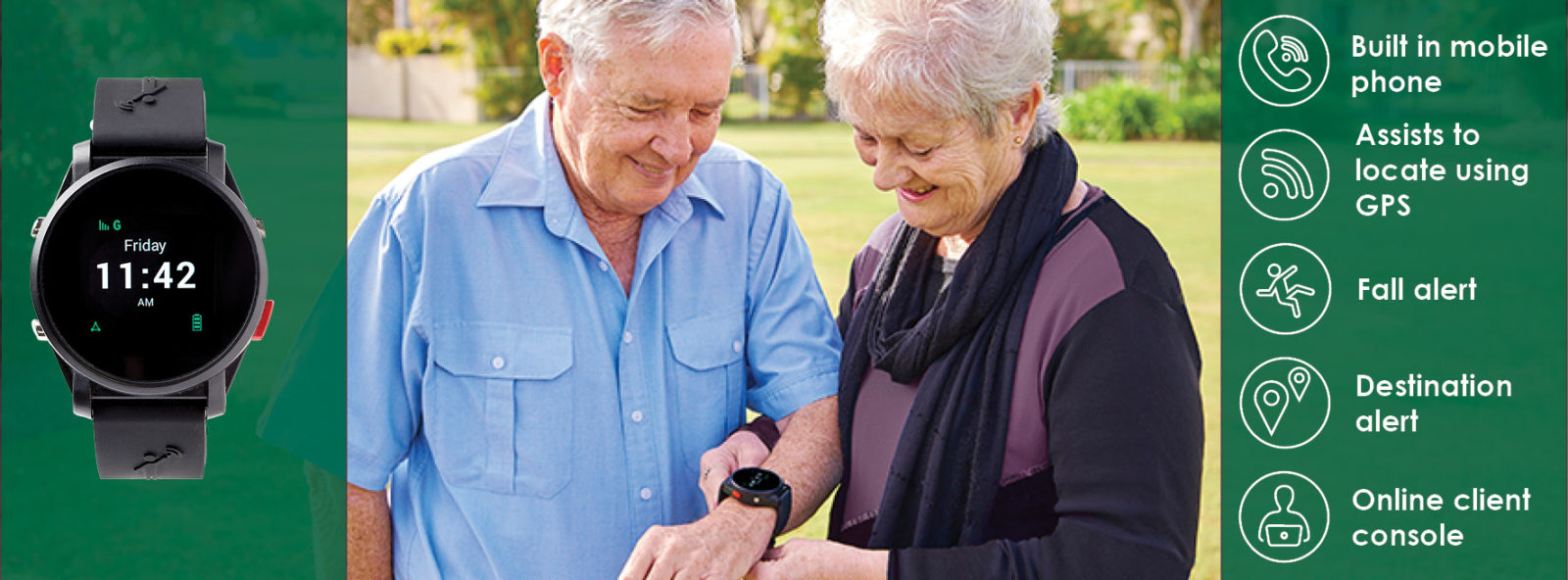How the NBN could affect your home-based emergency response system

While the rollout of the National Broadband Network (NBN) brings the promise of faster internet services, it creates potential risks for anyone using medical alarm devices, auto diallers or emergency call buttons – so much so, that NBN Co has just announced it would support upgrades to unmonitored medical alarms at a reduced cost. This means that the NBN will only provide support to systems that are both SIM-enabled and unmonitored.
Many of these legacy, older in-home medical alarm systems rely on access to a fixed landline or internet connection, and the new technology upgrades that make the NBN possible may mean a device is no longer compatible – and may even stop working once the cutover to the nbn network takes place. This could put your ageing or frail loved one at risk if it means they can’t access emergency care when they need to.
Throughout the rollout, NBN Co has encouraged users of medical alert devices to register on the Medical Alarm Register, and to date, more than 260,000 devices have been registered. But Find-Me Technologies, an Australian developer of personal alert devices, estimates that as many as 375,000 households have some sort of in-home medical alarm, auto dialler or emergency call button, so it’s worth checking if you or anyone you know may be impacted by the NBN changeover.
“It’s important to remember the move to the NBN access network is not automatic –Australians will need to take action to migrate services such as medical alarms over to the new network,” Brad Whitcomb, NBN Co’s chief customer officer, said in a statement.
What are some of the alternatives to fixed line, in-home monitoring?
For those still using medical alert devices that are hardwired to a landline, the potential disruption by the NBN offers an opportunity to look at more modern alternatives that provide even greater reliability, flexibility and independence.
Rachel Boden, CEO of Find-Me Technologies, commented that the restriction with in-home monitoring systems is that they confine the person to their home, because the device simply does not have the range or ability to monitor them out in the yard, when they go to the shops or out socially.
“Once, in-home monitoring services were the only option available, but that’s changed,” she says. “Wearable technologies like the Find-me device really open up what’s possible, and can give once house-bound people their independence back, while giving their carer or loved ones peace of mind.”
The Aussie invention could extend an independent lifestyle for years because it can be worn as a watch, or adapted to wear as a pendant or brooch, or simply placed in a handbag, making it discrete and easy to wear at all times. And it’s approved by the Department of Veterans’ Affairs (DVA).
It allows the wearer and their carer or loved ones to stay in touch via its in-built mobile phone and GPS. Rachel points out that this is one of the key advantages of the Find-me device over an in-home emergency system.
“Not only does the watch allow the wearer and carer to keep in touch using the in-built phone wherever they both happen to be, but the wearer can send an emergency message directly through to our 24-hour monitoring service,” Rachel says. “Because the watch has a GPS locator, we’re able to tell exactly where the wearer is and get help to them quickly.”
There are no complicated touchscreens or settings for wearers of the Find-me device to navigate. They simply need to charge it and wear it or pop it in their bag. This makes it one of the easiest solutions for those with dementia, people who struggle to master new technology and who want the peace of mind of being able to keep in touch with a loved one, whatever the reason.
One of the important features of the Find-me personal emergency alarm is that carers can set up a ‘safe zone’ and destination alert for the wearer of the device. That means that if, for example, your spouse has dementia and is prone to wandering, you can set up a safe zone of, say, a 500-metre radius of your home and the system will detect whether they have left that area. The GPS locator will then pinpoint exactly where they are.
The device can also be set up to notify the carer once the wearer has arrived at a specific destination, such as the doctor’s office or local shopping centre.
“We really encourage all users of home-based emergency alert systems to consider their options if the NBN is going to disrupt their existing system, or anyone who is using one of these systems and is looking for more independence and security,” Rachel says.
“These new technologies provide both the peace of mind you’d expect in a personal emergency response solution as well as the freedom for the wearer to go outside, while being able to stay in touch should something happen.”
Do you still have an in-home emergency alert system or would you consider using wearer technology?

To assist you with the NBN changes, Find-me are offering the Starts at 60 community $200 off the cost of a 12-month Find-me package, for those wanting to update their legacy alarm products earlier. Get this special discount now by entering code S60 in Find-me’s online shop.








 Proudly Australian owned and operated
Proudly Australian owned and operated